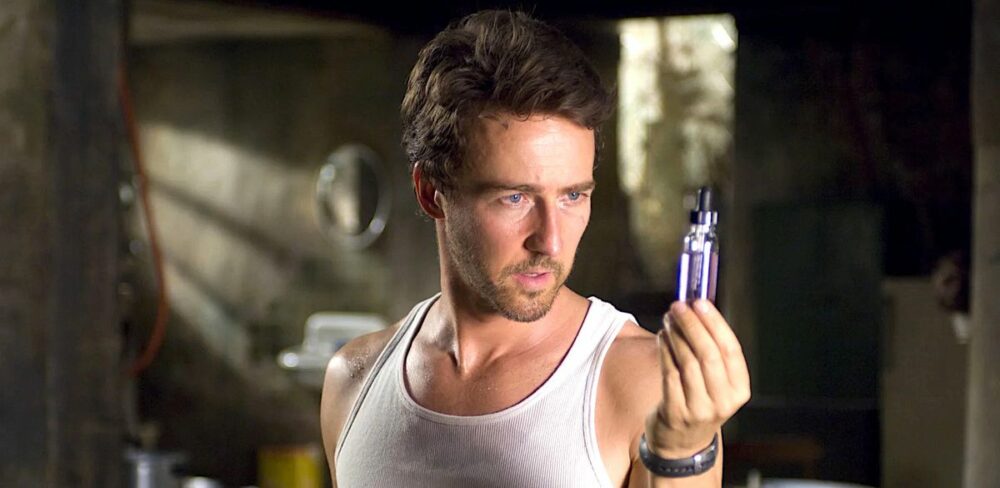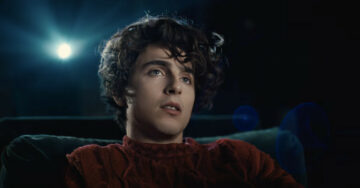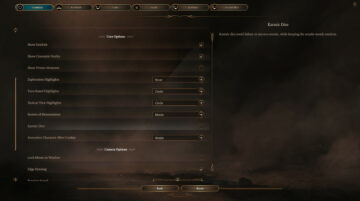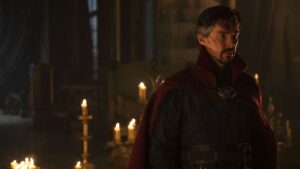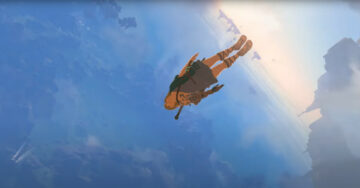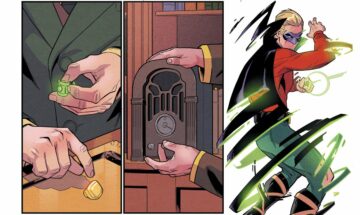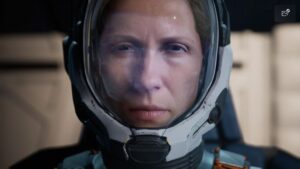2008’s The Incredible Hulk was by no means a failure. It more than made back its budget, and it scored a Metacritic rating that lands it comfortably in the “not great, but not bad” category. It was, however, quickly discarded from the Marvel Cinematic Universe. Edward Norton’s take on Marvel’s Green Mean Machine was retconned away, with Mark Ruffalo replacing him and doing a very different take on Hulk. Most of The Incredible Hulk was reduced to a blink-and-you’ll-miss-it cameo in 2012’s The Avengers.
But around 2021, the Norton movie became relevant again as Disney started incorporating elements from the film back into the MCU continuity, starting with Tim Roth returning as Emil Blonsky, aka Abomination, in a cameo in Shang-Chi and the Legend of the Ten Rings, and later as a guest star on She-Hulk: Attorney at Law.
Establishing stronger ties between earlier and later takes on the MCU Hulk felt especially significant with She-Hulk, a series that seemed to bring Bruce Banner’s story to an end so he could pass the torch on to his cousin. After a bunch of movies where Ruffalo’s character rampaged as just Banner, just Hulk, and a mix of the two in the form of Professor Hulk (Bruce’s mind in Hulk’s body, a hybrid who debuted in Avengers: Endgame), it really felt like that character’s potential had been fully tapped. So it made sense to clear the stage for a whole new Hulk. Not just a female take on the character, but also a more comedic one: The comic book She-Hulk was basically the original Deadpool, complete with fourth-wall-breaking jokes.
But the potential for the MCU Hulk is far from depleted. There are still so many things the writers of Marvel blockbusters haven’t done with him. And the foundations were already laid down in The Incredible Hulk.
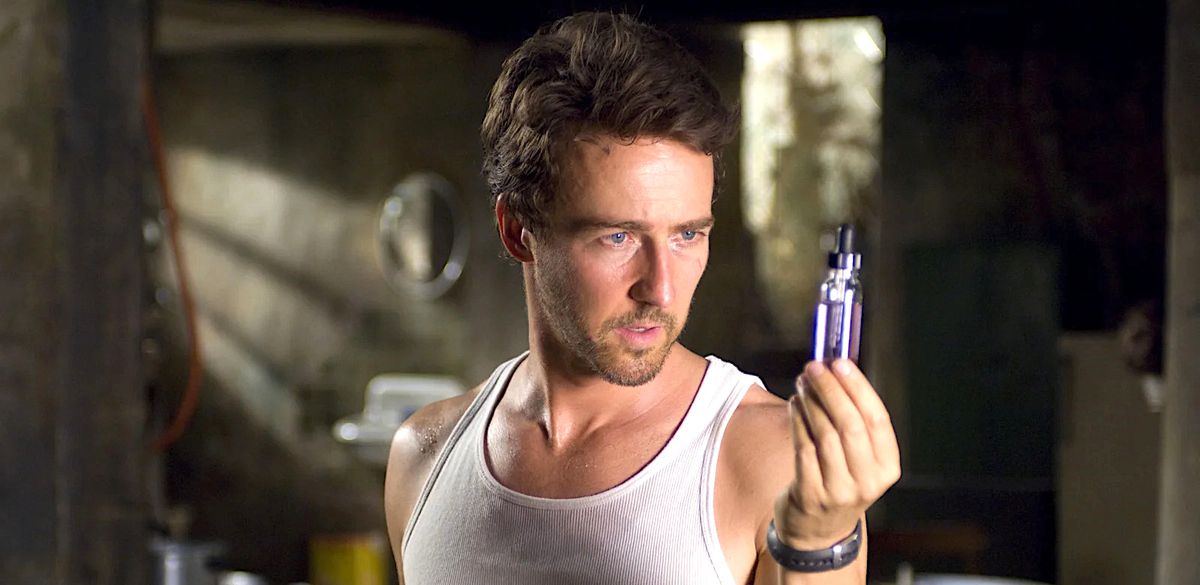
There are two notable things that later Marvel movies failed to transplant from the Ed Norton movie. The first is Tim Blake Nelson, who at the end of the film started transforming into the classic Hulk villain The Leader. When the MCU dropped that idea, audiences missed out on a cool character with limitless intellect and vanity, plus telekinesis and the inability to die. Besides, teasing more of Tim Blake Nelson in a franchise without delivering on it should be a felony. The second thing we lost is a feral, animalistic Hulk who can’t hold a conversation and can’t be controlled — a scarier, more exciting version of the character who’s much closer to the comics’ original version of him as something like a radioactive werewolf.
The stakes for Hulk are higher from the first few seconds of The Incredible Hulk, where we see Norton as Bruce Banner testing a cure for gamma radiation poisoning, which triggers his transformation. We watch from his POV as he hurts the people around him, including his girlfriend Betty (Liv Tyler), who sees him as a terrifying monster with no connection to Bruce.
Director Louis Leterrier does all of this without dialogue, through visuals only. That ups the intensity, helping the scene go straight to the lizard portion of the audience’s gray matter, where it’s processed the same way as a horror movie. That’s really the core of what makes The Incredible Hulk so great. It isn’t an actual horror flick, but many parts of it, its take on the titular character included, are horror or horror-adjacent.
By going this route, Leterrier has does some particularly memorable things with Hulk that give the character more depth. For example, whenever this version of Bruce reverts back to human form, Norton plays him as clearly exhausted, terrified, and traumatized. After the fight at Culver University, when Betty checks herself and Bruce into a motel, this character who was just shrugging off bullets the size of thermoses is reduced to a shivering mess covered in a blanket. He can’t talk, he can barely move, and when he somehow manages to get in the shower, he starts reliving the trauma of the fight, where he wasn’t in control of himself and was being shot at. After so many Marvel movies where superheroes have faced off against space demons, the Goddess of Death, and an alien imbued with the great powers of the cosmos, a character feeling scared of guns seems almost quaint. But it isn’t quaint — it’s human. Ed Norton’s Hulk is refreshingly human.
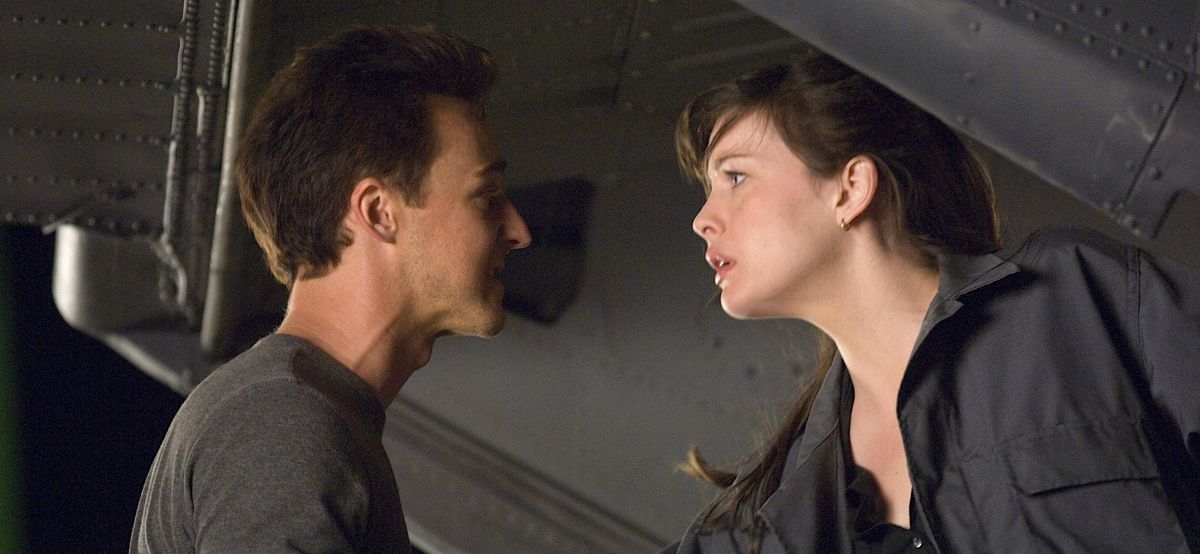
Compare that scene with the first time Mark Ruffalo’s Bruce Banner transforms into the Hulk in The Avengers, falls to Earth, changes back to human, and immediately starts quipping with a security guard. It’s not that focusing on trauma is better than comic relief — both are valid takes on Hulk that can be backed up by some iteration of the comics. And there’s no denying that Mark Ruffalo’s performance has been a huge hit with audiences, helping make Hulk an A-list superhero. But as much as Ruffalo’s Bruce talks about how he’s afraid of “the other guy,” his version of Hulk is still a hero, someone who suddenly seems as in-control as he needs to be whenever the action beats call for it. Ed Norton’s Hulk isn’t.
The 2008 movie hammers in that point over and over again, most notably right after the Culver University fight, where Hulk takes the unconscious Betty away and hides them both from the rain, tucked under a rock outcropping. When she wakes up, she screams at the sight of him. Later, we see Hulk yelling at the storm and hurling rocks at it. This Hulk isn’t a superhero, he’s a powerful animal. He’s basically a giant ape, with some degree of sentience, but ultimately operating on animalistic instinct. That’s why, when it comes to the final showdown between this character and Abomination, Norton’s Banner doesn’t plan to change, then hope Hulk will choose to be noble and save the day. Instead, he hopes to “aim” the green monster at the other monster, and pray like hell that he doesn’t hurt any innocent people along the way.
The weird thing is, The Avengers looked like it was going to give us that Hulk in the beginning, with a Ruffalo-Hulk who’s feral, dangerous, and incapable of telling friends from enemies. Later in the same film, though, co-writers Joss Whedon and Zak Penn dial down his wildness and turn him into the Marketable Hulk, who understands human speech, waits for Captain America’s instructions to smash things, and saves Iron Man when he’s falling from the sky. Once more, there’s nothing wrong with that take — but there’s a clear disconnect between Hulk at the beginning of the movie and at the end, with no clear reason for the change.
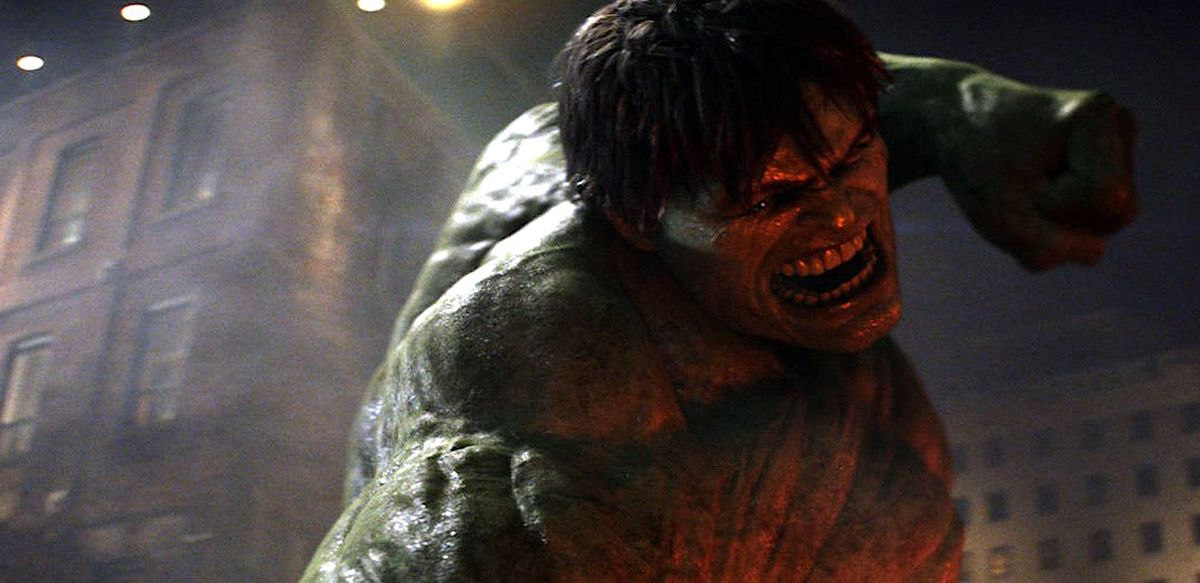
So why not fix that? What if the MCU went back to that version of the character? We see glimpses of it in The Avengers: Age of Ultron, when Scarlet Witch messes with Hulk’s mind, but there’s so much more story potential for a more dangerous, less urbane Hulk, a Hulk who can’t really be called an Avenger because he doesn’t have enough of a mind to consent to being part of a team. A Hulk who would probably have to be “contained” and aimed at enemies the Avengers cannot handle, which raises the kinds of huge ethical questions the MCU could stand to occasionally consider.
All of that could still be done. Professor Hulk doesn’t have to be the final word on the character in the MCU. A hundred different things can happen to explore Hulk further as a feral killing machine. If only Marvel and Disney actually wanted that. They probably don’t, because he’s more marketable as a superhero. But the option is still on the table, just waiting for someone to pick it up and continue what The Incredible Hulk started 15 years ago.
- SEO Powered Content & PR Distribution. Get Amplified Today.
- EVM Finance. Unified Interface for Decentralized Finance. Access Here.
- Quantum Media Group. IR/PR Amplified. Access Here.
- PlatoAiStream. Web3 Data Intelligence. Knowledge Amplified. Access Here.
- Source: https://www.polygon.com/23755768/edward-norton-was-the-best-incredible-hulk-anniversary-opinion
- 15
- 15 years
- 2008
- 2021
- a
- About
- Action
- actual
- actually
- afraid
- after
- again
- Against
- age
- ago
- aimed
- Aka
- alien
- All
- along
- already
- also
- an
- and
- animal
- any
- ape
- ARE
- around
- as
- At
- audiences
- away
- back
- backed
- banner
- BE
- because
- been
- beginning
- being
- below
- besides
- Better
- between
- body
- book
- both
- bring
- Bunch
- but
- by
- call
- called
- CAN
- change
- changes
- character
- Checks
- choose
- cinematic
- Classic
- clear
- clearly
- closer
- comes
- complete
- connection
- consent
- Consider
- continue
- Control
- controlled
- Conversation
- cool
- Core
- Cosmos
- could
- covered
- cure
- dangerous
- Dark
- day
- DEADPOOL
- death
- debuted
- degree
- delivering
- depth
- dialogue
- different
- Disney
- does
- doing
- done
- down
- dropped
- earlier
- earth
- Edward
- elements
- emil
- Emotional
- end
- enough
- especially
- Ethical
- Example
- Exciting
- explore
- faced
- Failed
- Failure
- far
- felony
- few
- fight
- Film
- Final
- First
- first time
- Fix
- FLICK
- fluid
- focusing
- For
- form
- foundations
- Franchise
- Friends
- from
- fully
- further
- Gaming
- Get
- giant
- give
- go
- going
- gray
- great
- Green
- guard
- Guest
- guns
- had
- handle
- has
- Have
- he
- helping
- Hero
- higher
- him
- his
- HIT
- hold
- hope
- hopes
- Horror
- How
- however
- HTTPS
- huge
- human
- hundred
- hurts
- Hybrid
- idea
- if
- immediately
- in
- Included
- Including
- incorporating
- incredible
- Incredible Hulk
- instead
- instructions
- into
- iron man
- Is
- IT
- iteration
- ITS
- jpg
- just
- lands
- later
- leader
- less
- light
- like
- limitless
- lost
- machine
- made
- make
- MAKES
- man
- many
- mark
- Marvel
- matter
- mean
- means
- memorable
- Military
- mind
- missed
- moment
- more
- most
- move
- movie
- Movies
- much
- needs
- New
- no
- not
- notable
- notably
- nothing
- of
- off
- on
- once
- One
- only
- operating
- Option
- or
- original
- Other
- out
- over
- part
- particularly
- parts
- pass
- People
- performance
- pick
- plan
- plato
- plato data intelligence
- platodata
- platogaming
- plays
- Plus
- Point
- Polygon
- potential
- powerful
- powers
- probably
- processed
- questions
- quickly
- Radiation
- raises
- really
- reason
- red
- Reduced
- relevant
- relief
- right
- Rock
- Route
- same
- save
- saves
- scared
- scene
- second
- security
- see
- seemed
- seems
- sees
- sense
- Series
- she
- shot
- should
- showdown
- sight
- significant
- Size
- sky
- Smash
- So
- some
- someone
- something
- Space
- Stage
- stakes
- stand
- Star
- started
- Starting
- still
- Storm
- Story
- straight
- stronger
- superhero
- superheroes
- table
- Take
- takes
- talk
- Talks
- Team
- ten
- Testing
- than
- that
- The
- The Incredible Hulk
- Them
- then
- there
- they
- thing
- things
- this
- though
- Through
- Tim
- Tim Blake
- time
- to
- torch
- Transformation
- transforming
- transforms
- triggers
- turn
- two
- ultimately
- under
- Universal
- universe
- university
- up
- UPS
- us
- vehicle
- version
- very
- visuals
- waiting
- waits
- was
- Watch
- way
- we
- went
- were
- What
- when
- whenever
- where
- white
- WHO
- whole
- why
- will
- with
- without
- would
- wrong
- years
- zephyrnet
